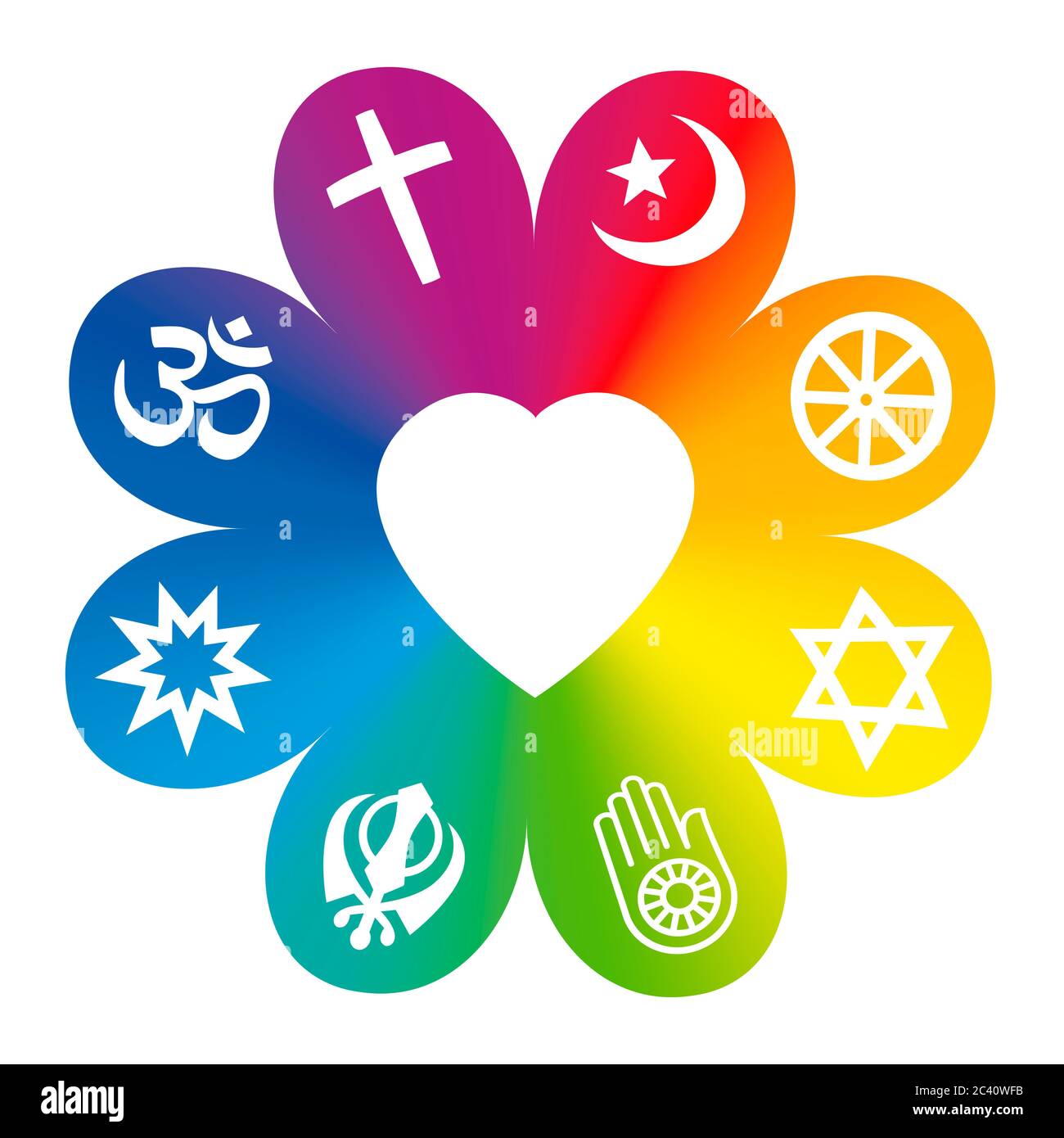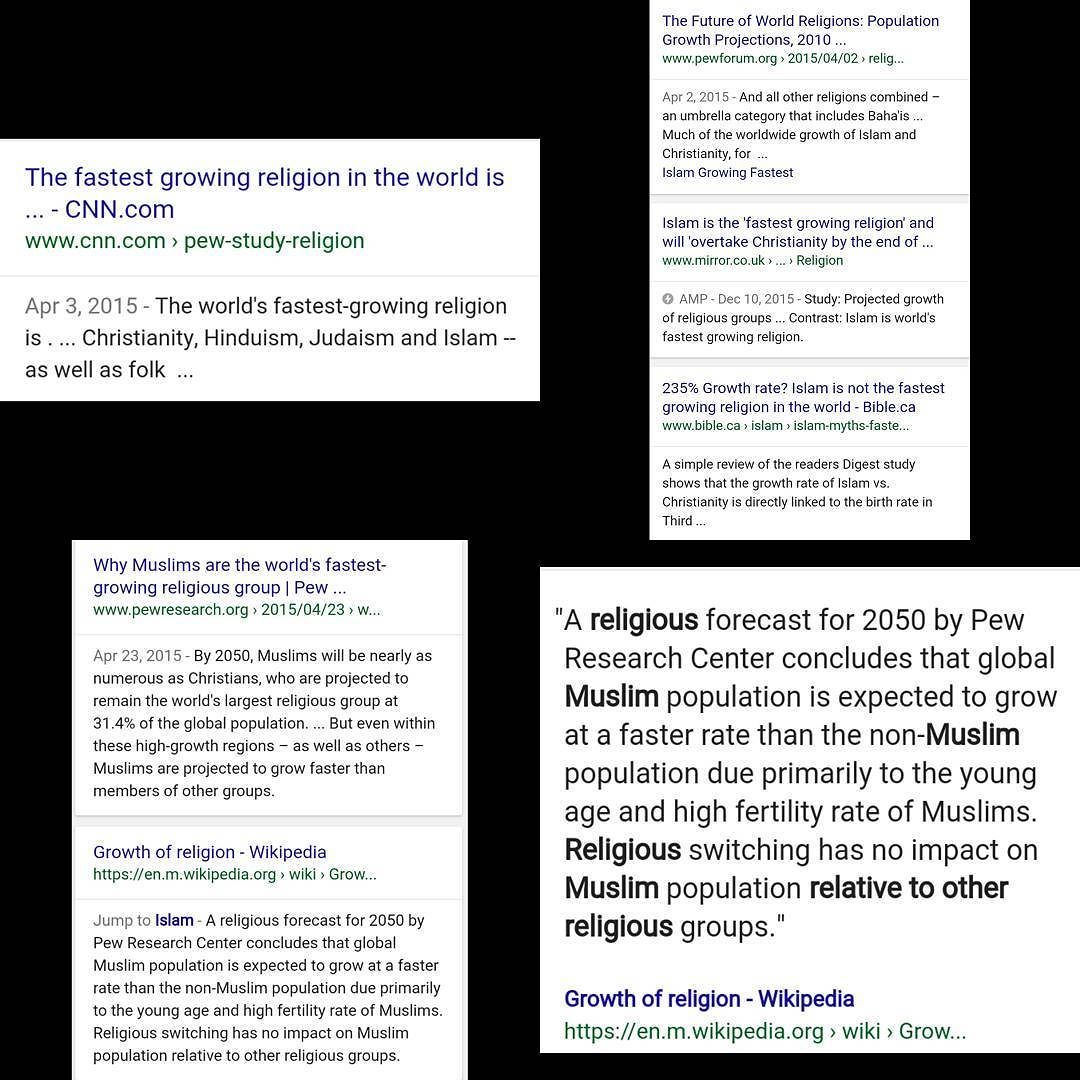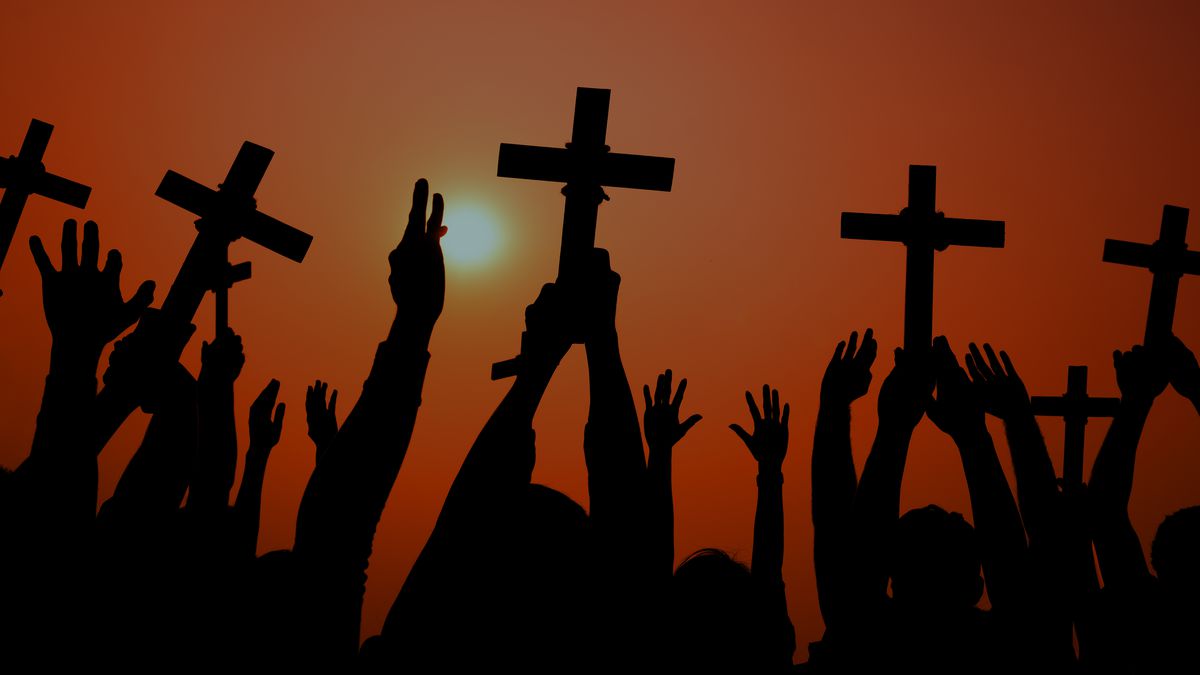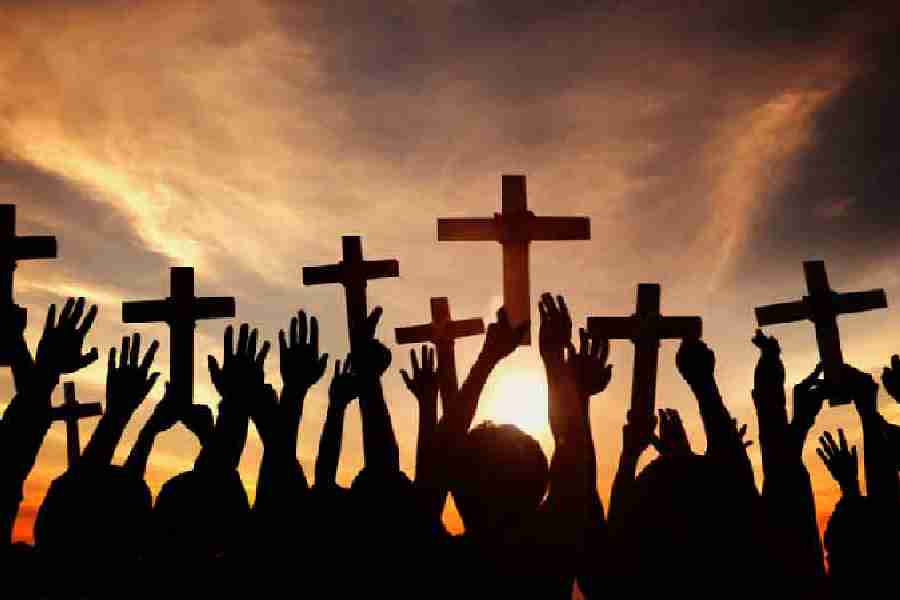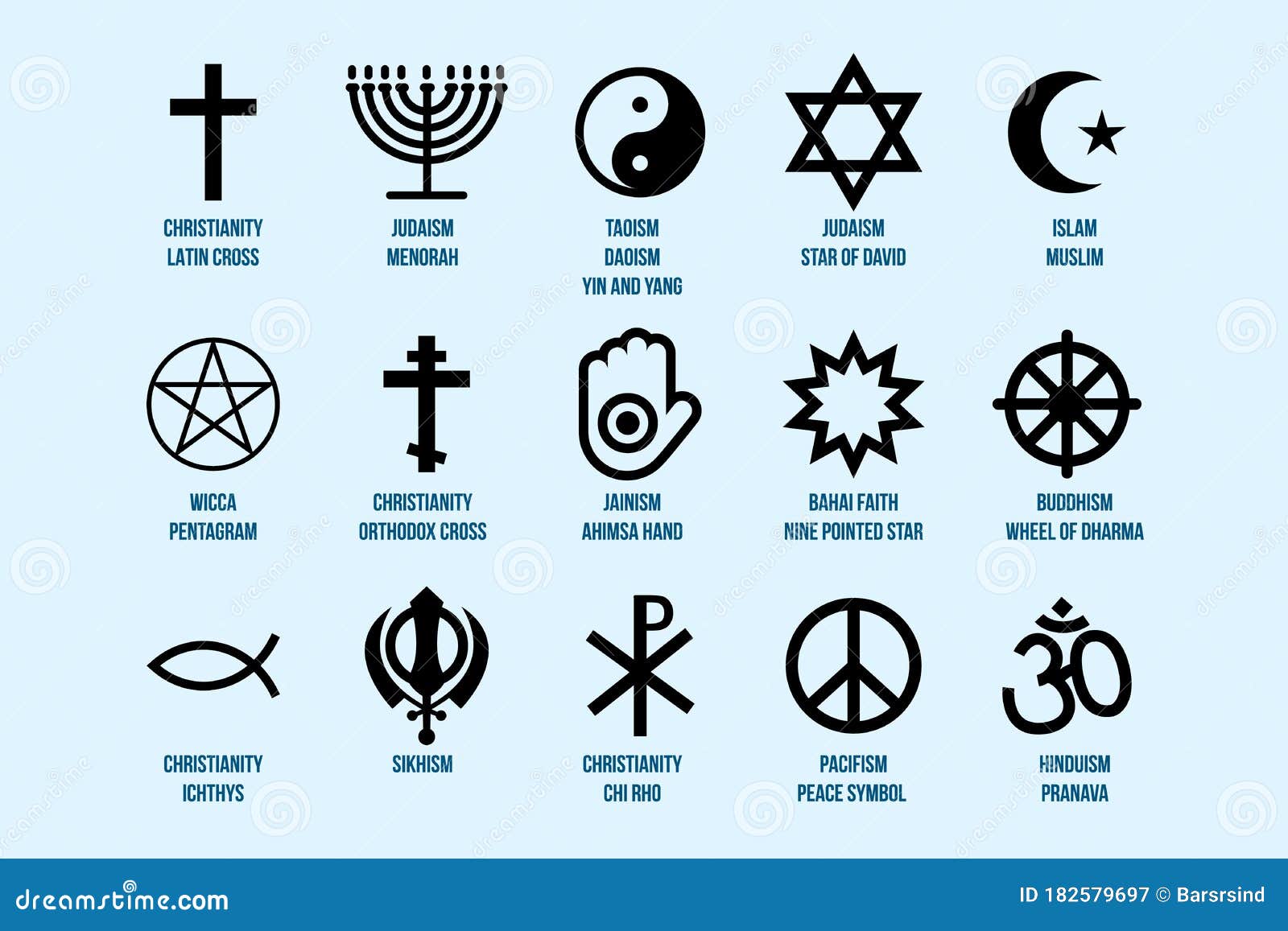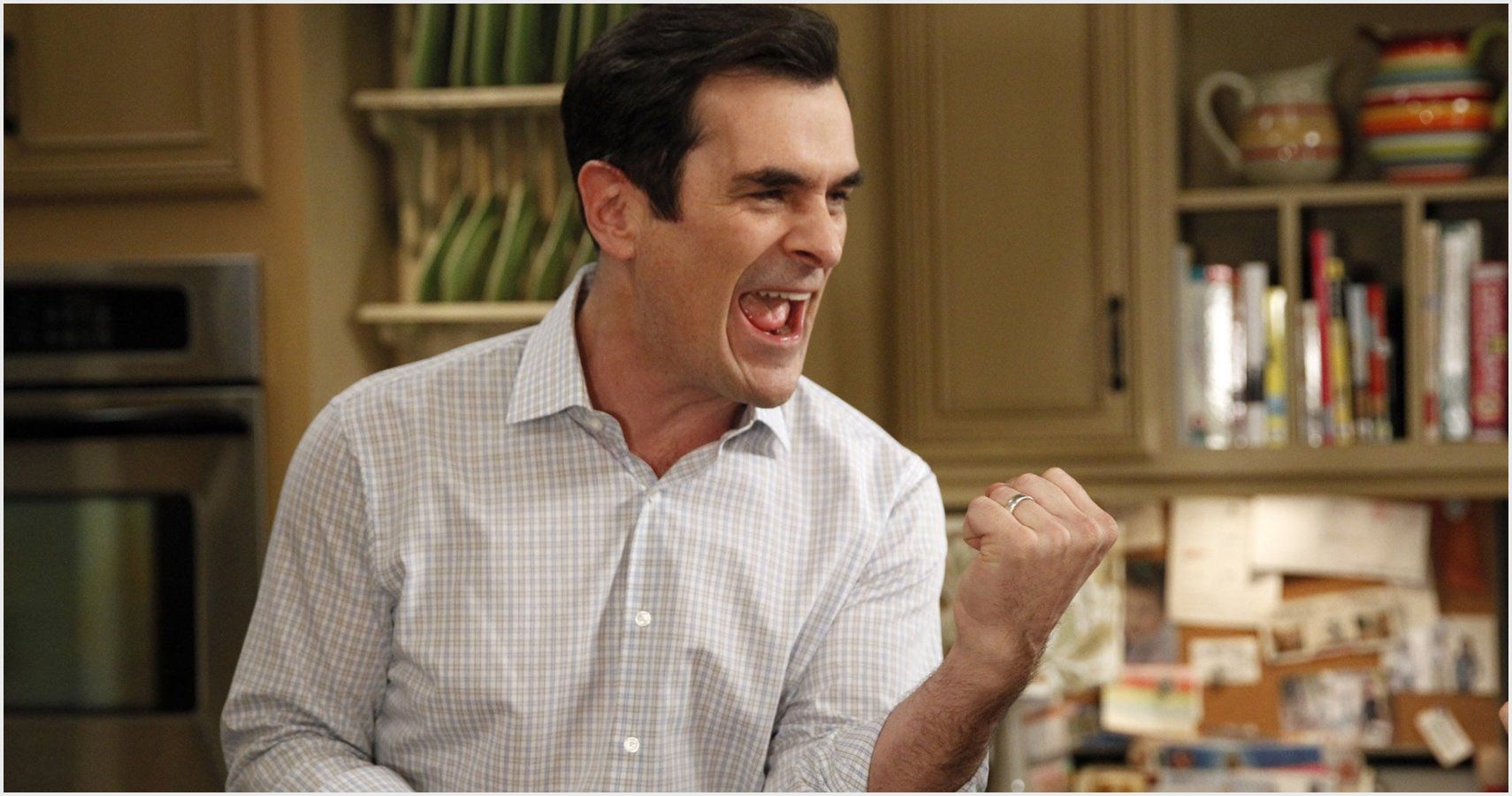Religion’s Transformative Role in Post-World War II American Society
Introduction: Religion’s Resurgence After World War II
In the wake of World War II, American society underwent sweeping changes. Among the most influential forces guiding this transformation was religion . As Americans sought stability and meaning after years of global conflict, religious institutions became central pillars in communities across the nation, shaping politics, culture, and social norms. [1] Understanding the multifaceted role of religion during this era provides insight into the enduring vitality and diversity of American spiritual life.
Religious Revival and Social Stability
The drive for moral guidance and social cohesion after the war led to a notable increase in religious affiliation . Church membership soared throughout the 1950s, with religious education and media expanding rapidly. Major national symbols-such as the addition of “In God We Trust” to U.S. currency and “under God” to the Pledge of Allegiance-reflected the nation’s renewed emphasis on faith. [1] Families, especially those in the burgeoning suburbs, often centered their identities around church life, making religion a cornerstone of respectability and stability. [4]
To engage with faith communities today, individuals can:
- Visit local houses of worship and inquire about membership or participation in community events.
- Search for denominational directories online or ask neighbors for recommendations.
- Explore interfaith organizations in your area for diverse spiritual opportunities.
Religion’s Role in Politics and Public Life
Religion became a potent force in the political arena. The emergence of the “religious right”-a coalition advocating conservative social values-shaped debates on morality, education, and civil rights. [1] During the Cold War, American leaders portrayed the United States as a Christian nation, contrasting the West’s spiritual values with the “godless” Soviet Union. [1]

Source: marybakereddylibrary.org
Franklin D. Roosevelt’s presidency exemplified how religious ideals influenced public discourse. Roosevelt, himself an Episcopalian, often invoked Christian values of justice and charity, enlisting faith leaders to support the war effort and promote national unity. [2]
To get involved in faith-based political advocacy or community service:
- Contact local religious organizations for volunteer opportunities or issue-based groups.
- Attend interfaith forums or public lectures hosted by universities or civic centers.
- Search for “faith-based policy advocacy” groups in your region for direct engagement.
Spiritual Diversity and Pluralism
While mainline Protestantism remained influential, the postwar period also saw a dramatic increase in religious diversity . The tripartite division of Protestant-Catholic-Jew gave way to a broader landscape, with Americans embracing new spiritual practices, non-Christian faiths, and alternative forms of worship. [5] The boom in spiritual seekers-especially among baby boomers-fueled interest in Eastern religions, New Age movements, and independent congregations. [4]
To explore diverse spiritual communities:
- Use keywords such as “spiritual seekers,” “interfaith communities,” or “religious diversity” in online searches to find local groups.
- Visit community centers and ask about multicultural religious events or classes.
- Engage with local universities, which may host clubs or lectures on comparative religion.
Religion in Everyday Life and Civil Rights
Religious beliefs guided Americans through personal and societal upheaval. Many found comfort and direction in faith during times of uncertainty, while religious communities provided essential social services and moral leadership. [3]
Not all religious voices supported the war effort; “peace churches” such as Quakers and Mennonites advocated for nonviolence, with some members registering as conscientious objectors and serving in alternative roles. [3] This diversity of conviction enriched America’s civic landscape and laid the groundwork for future activism, such as participation in the civil rights movement.
To access religiously motivated social services:
- Contact local churches, synagogues, or mosques to inquire about food pantries, counseling, or charity programs.
- Search for “faith-based social services” alongside your city or county name.
- Consult your city’s human services department for partnerships with religious organizations.
Challenges and Evolving Trends
Despite its vitality, religious life in postwar America faced challenges. The rise of secularism, debates over the role of religion in public schools, and the tension between traditional values and emerging social movements tested religious institutions’ relevance and adaptability. [5] Nevertheless, religion persisted as a dynamic force, adapting to the changing needs and beliefs of a diverse population.
To stay informed about current religious trends:
- Read recent reports or articles from established research organizations such as Pew Research Center (search “Pew Religion in America”).
- Attend public lectures or webinars hosted by historical societies or academic institutions.
- Follow media outlets with dedicated religion sections for up-to-date news and analysis.
Practical Steps for Navigating Faith Communities Today
Whether seeking spiritual guidance, advocacy opportunities, or social support, Americans can find a wealth of resources rooted in the legacy of post-World War II religious engagement. To begin your journey:

Source: coursehero.com
- Identify your spiritual interests and preferred community type (mainline, evangelical, interfaith, etc.).
- Use online search engines with targeted keywords (e.g., “local church directory,” “faith-based volunteer opportunities”).
- Contact your local library or community center for recommendations on religious programming and events.
- Network with friends, neighbors, or colleagues to learn about active faith communities.
- Stay open to exploring diverse traditions and practices, reflecting the pluralistic spirit that emerged in postwar America.
Summary: Key Takeaways and Continuing Influence
Religion’s role in post-World War II American society was transformative and enduring. From shaping national identity and offering solace to fostering activism and diversity, faith communities helped define an era-and continue to influence the fabric of American life today. Whether you seek personal growth, civic engagement, or cultural understanding, the resources and opportunities rooted in this period’s religious vitality remain accessible and relevant.
References
- [1] Studocu (2023). Role of Religion in Post-World War II American Society.
- [2] Cambridge History of Religions in America (2000). World War II and America’s Religious Communities.
- [3] National Park Service (2024). Religion on the World War II Home Front.
- [4] National Humanities Center (1997). Religion in Post-World War II America.
- [5] National Humanities Center. Religion in Post-World War II America.
MORE FROM cheerdeal.com





